Rogun Dam Hydropower Project
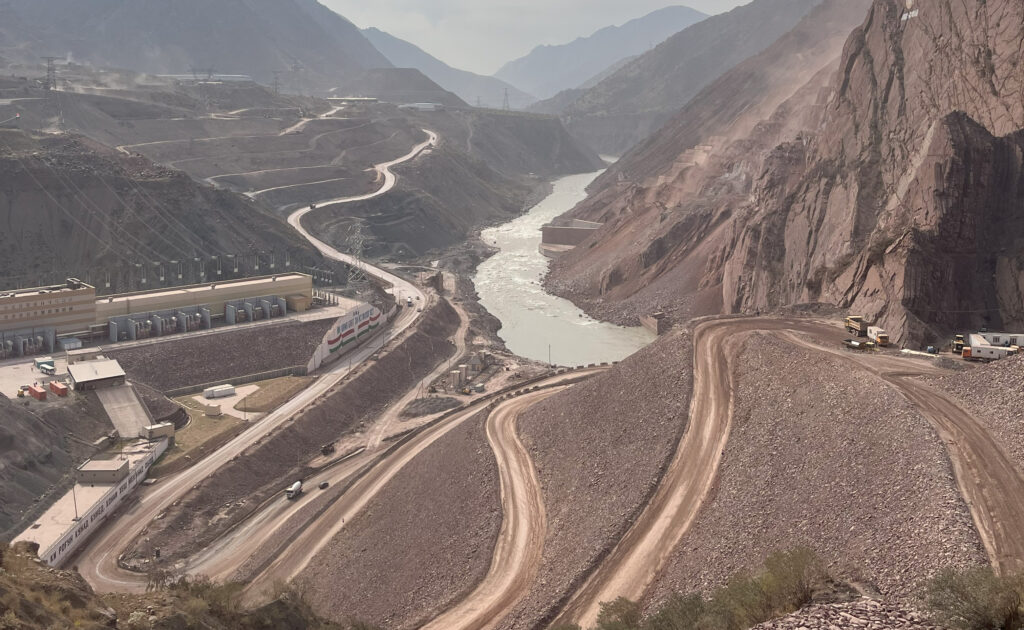
The Rogun Dam project in Tajikistan is an ambitious hydropower endeavor aimed at harnessing the Vakhsh River to generate renewable energy for the region. Originally launched in 1976 during the Soviet era, the project faced numerous delays due to financial and political challenges, especially after the dissolution of the Soviet Union. Construction was officially revived […]
Fuel terminal monitoring
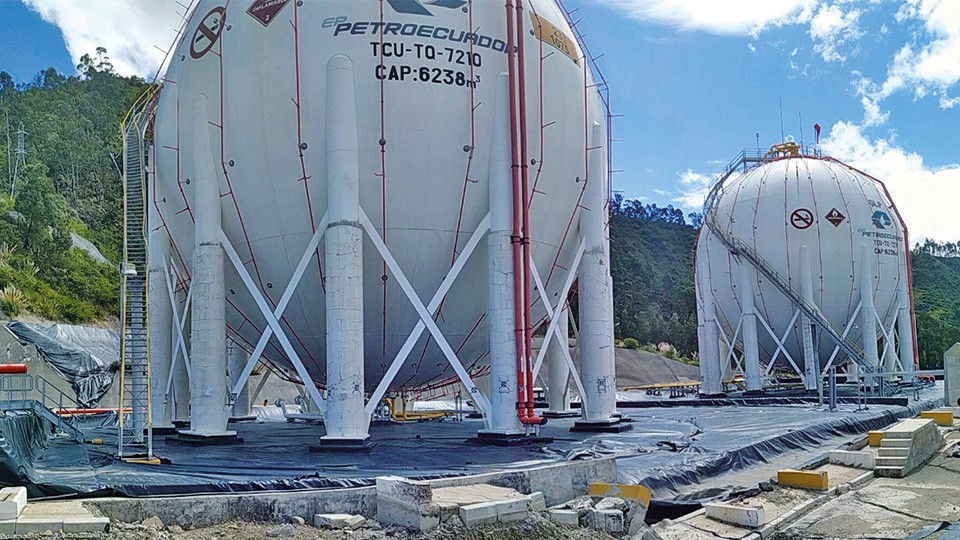
Supply of instrumentation for the monitoring of fuel terminal tanks in the city of Cuenca, Ecuador. The scope includes the monitoring of the settlements of structures through H-Level settlement cells and tiltmeters. The settlements and horizontal movements of the ground will be evaluated through IPI inclinometer probes and DEX S probes.
Grand Paris Express
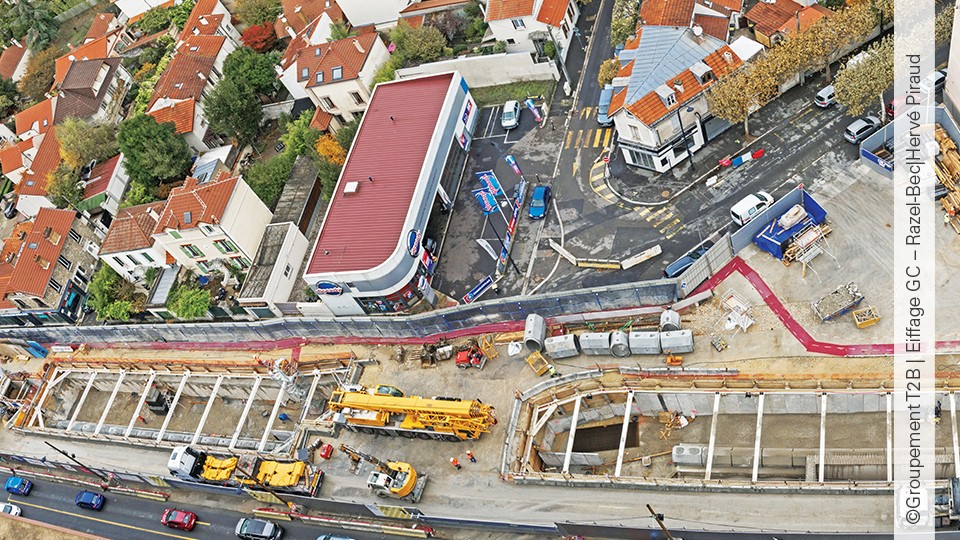
The Grand Paris Express is the largest urban project in Europe with the construction of 200 km of automatic lines, as much as the current metro, and 68 stations. The four new lines of the Grand Paris Express (15, 16, 17 and 18), as well as the line 14 extended to the north and south, […]
H-Level – Sistema di monitoraggio cedimenti
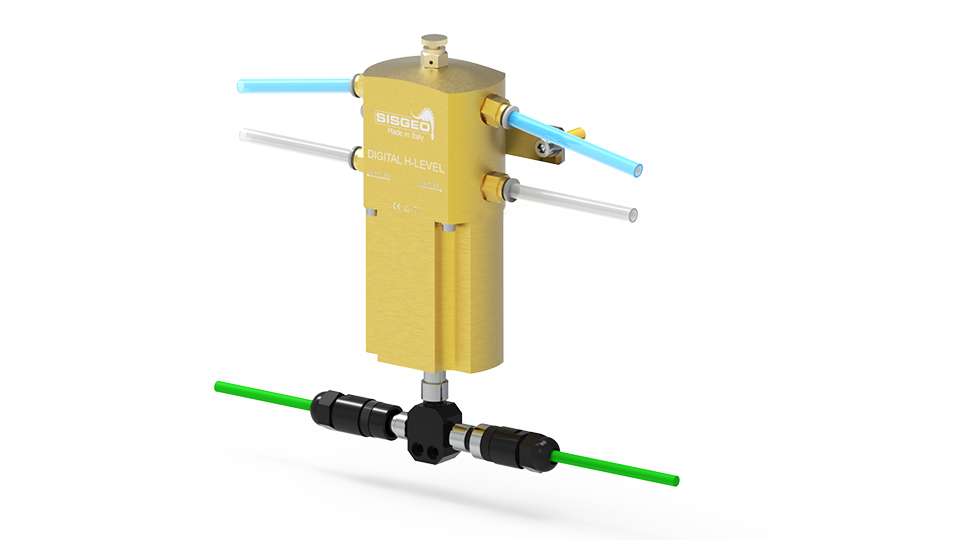
Codici di riferimento: H-LEV H-Level è un sistema automatico per il monitoraggio accurato e a lungo termine dei cedimenti differenziali di edifici, tunnel e altre strutture civili. Il sistema è composto da una serie di sensori H-Level connessi idraulicamente a un serbatoio di riferimento, installato in una posizione ritenuta stabile. Ogni H-Level include un sensore […]
Metropolitana Linea 4 – Lorenteggio – Linate Monitoraggio sotto-attraversamento binari ferroviari RFI tra le stazioni Forlanini Q.RE e Forlanini FS
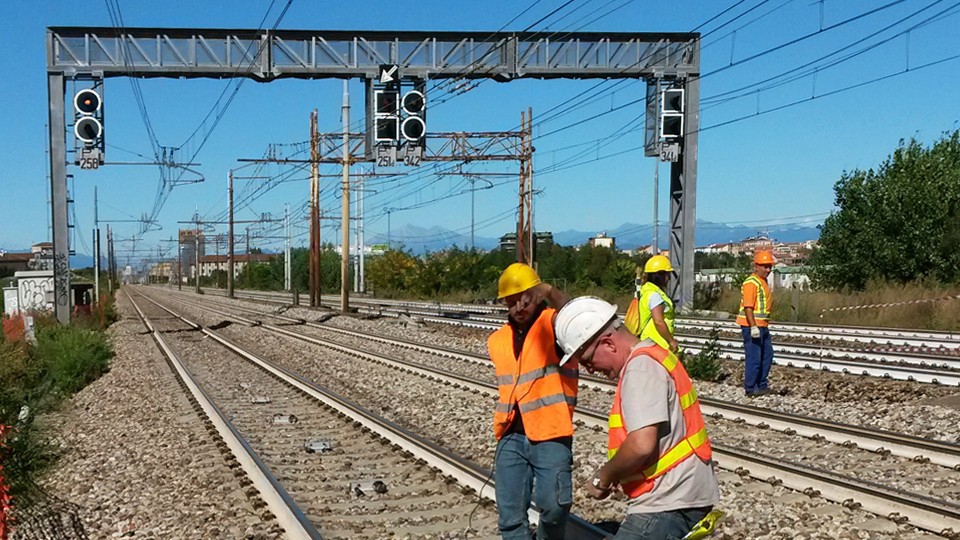
Gli obiettivi principali della realizzazione della M4 sono: realizzare una nuova linea diametrale da Est a Ovest, per collegare attraverso il centro storico alcune aree urbane altamente popolate che non sono ben servite dalla rete di trasporto pubblico; interconnettersi con l’intero sistema ferroviario, urbano e regionale; per realizzare un collegamento diretto tra il centro città […]
FAQ#116 – How do I configure a WR-Log digital node to read RS485 Sisgeo TIMED sensors?
Sisgeo digital instruments can operate in two powering modes: TIMED or ALWAYS-ON (for more information see F.A.Q.#094).A string of mixed instruments consisting of TIMED gauges and ALWAYS-ON gauges cannot work.The first thing to do is therefore to check that ALL connected instruments in your array are set to TIMED mode.You can check the powering mode […]
FAQ#111 – Why I cannot read correctly my 4-20mA current loop gauge?
It could be a problem connected to the power supply given by the readout or logger. When the power supply is in the current loop (2-wire gauge) it is necessary to consider the effect of voltage drop across the shunt resistor on the voltage applied to the gauge. For example, suppose a 4-20mA gauge requires […]
FAQ#095 – How long does a chain of digital sensors take to be read?
It mainly depends from the powering mode of the gauges (refer to FAQ#094 for the description of the powering modes). AN EXAMPLE WILL BETTER CLARIFY THE ANSWER. In a batch of 240 gauges, unless otherwise requested by the Customer, the addresses are settled from #001 up to #240. In a borehole is installed a chain of 30 […]
FAQ#076 – Perchè è necessario aggiungere una resistenza di terminazione sull’ultimo sensore digitalizzato di ogni catena RS-485?
Tutti i sensori digitalizzati SISGEO (IPI, Tilmetri, H-Level, RDS ) usano il protocollo di comunicazione seriale RS-485. Il protocollo RS-485 contempla una resistenza di terminazione. Il collegamento raccomandato per una catena è il “punto-punto” (multidropped) in modalità bus (linea). Collegamenti a “stella”, ad“anello” o multipli non sono raccomandati. I datalogger SISGEO sono già predisposti con […]
FAQ#075 – What parameters are saved in SISGEO digital sensors? What information must the Customer provide when ordering?
All SISGEO digital sensors (e.g. IPI, BH Profile, MD Profile, LT Inclibus, Tilt-meter, RDS, H-Level, etc.) use the Modbus communication protocol over RS-485 serial. SISGEO digital sensors are connected to each other with a single signal cable. The parameters that are configured at the factory for each digital sensor are as follows: Upon confirmation of […]
FAQ#074 – Che tipo di acquisitore è necessario per leggere i sensori digitalizzati SISGEO?
Per leggere i sensori digitalizzati SISGEO è necessario utilizzare un datalogger Modbus Master (es. OMNIAlog e miniOMNIAlog). I sensori sono letti mediante il cavo connesso ad un interfaccia RS-485 (DCE, Half-Duplex, no Echo) in grado di gestire il protocollo Modbus RTU SISGEO. La documentazione del protocollo Modbus SISGEO vi è disponibile sul sito SISGEO. E’ […]
FAQ#073 – Qual è il numero massimo di sensori digitalizzati (RS-485, modbus), il numero massimo di catene e la distanza massima del cavo di collegamento in una rete RS-485?
Ultimo aggiornamento: ottobre 2021 Tutti i sensori digitalizzati SISGEO utilizzano il una interfaccia RS485 con protocollo Modbus. 1. Il numero massimo di sensori digitalizzati in una rete RS-485 è 247 (teorico). 2. Il numero massimo di catene di sensori digitalizzati collegabili ad un Modbus master (OMNIAlog e miniOMNIAlog) è 4. 3. Per le distanze massime […]








